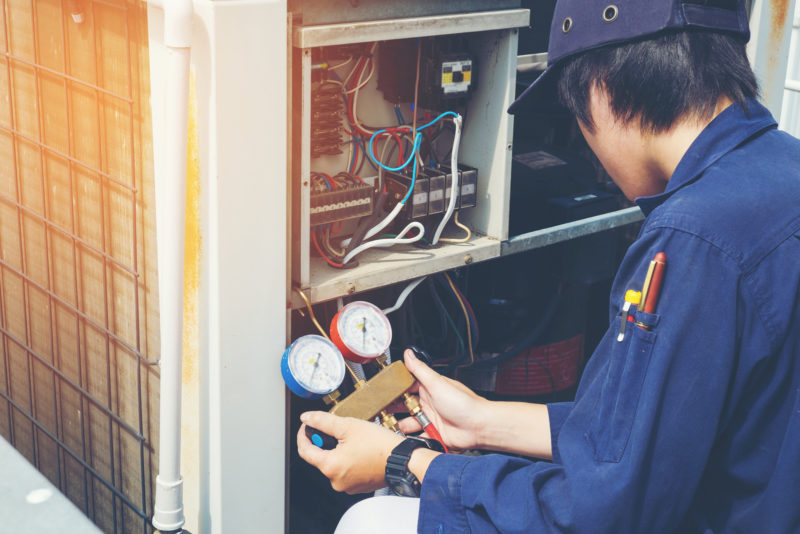Refrigerant is an important component of your HVAC system. The refrigerant is responsible for cooling the air in your home. Without it, your air conditioner can’t change the temperature of the air. Refrigerant also may be responsible for heating your air if you have a heat pump. Due to legislation, the type of refrigerant used in HVAC systems is changing. This change can affect a number of things, including the cost of upkeep and performance. Here’s everything you need to know about the changeover so you can keep your Corpus Christi, Texas, home comfortable:
Why the Phase-Out?
The U.S. Environmental Protection Agency began the process of phasing out R22 due to extensive research showing that this type of refrigerant has drastic effects on the ozone layer and the ecosystem in general. R22 leakages are highly caustic and can damage the planet, specifically in causing ozone depletion. In 2010, it became illegal to manufacture new units that use R22. On Jan. 1, 2020, R22 will become completely illegal. It will no longer be manufactured in the United States or imported.
This doesn’t mean it’s illegal to have an R22 unit, though. R22 will still be sold, but due to the phase-out, there will be a rapidly dwindling supply. This means higher prices and the possibility of your HVAC service technician not being able to find any.
What’s the New Refrigerant?
The replacement for R22 is R410A. This new type of refrigerant is what modern HVAC systems are designed to use. If you purchased a system after 2010, chances are it uses R410A.
R410A differs from R22 in a number of ways. R22, a hydrochlorofluorocarbon, is one of the last ozone-depleting substances still commonly used. R410A is not a hydrochlorofluorocarbon. R410A is much better at absorbing and releasing heat. As a result, it’s much more efficient.
Why Make the Change?
Here are a few of the biggest reasons the changeover is such a good idea:
- Reduced ozone damage: R22 causes ozone depletion when it leaks. As a result, it’s a danger to the continued health of our planet.
- Reduced cost: With the phase-out of R22, it’ll be difficult to find, driving up costs and making repairs extremely costly. If your service technician can’t get hold of R22, they won’t be able to make the necessary repairs, leading to dramatically reduced efficiency.
- Improved efficiency: R410A is able to absorb and release heat better than R22, making it more energy efficient. Plus, because it’s more fluid in temperature changing abilities, it does a better job heating or cooling your house quickly.
- Improved performance: R22 has a harder time letting go of heat, which means it’s more likely to cause a compressor burnout than the more flexible R410A.
Even if R22 wasn’t being phased out, the improvements shown by R410A are enough on their own to warrant the changeover. However, looking at all these factors combined, it’s easy to see why making the jump to a new unit is such a good idea.
Can I Retrofit My Old System?
Unfortunately, older systems can’t handle R410A. This new style of refrigerant requires significantly more pressure to do its job. The compressors on R22 systems simply can’t keep up. If you were to try to put in the new refrigerant, you could cause a catastrophic failure inside your system and completely junk it.
In addition, there aren’t any new parts or compressors that you can add to your old system to make the changeover to R410A. The only way to start using R410A is to purchase a unit designed to use this style of refrigerant. Luckily, you can get some tax credits for making the changeover. Check with whoever prepares your taxes to see if you qualify for the tax credit.
Ready to make the change? Bodine-Scott can help. Give us a call today at (361) 883-9900 to set up an appointment with our experienced service technicians.
Image provided by Bigstock


